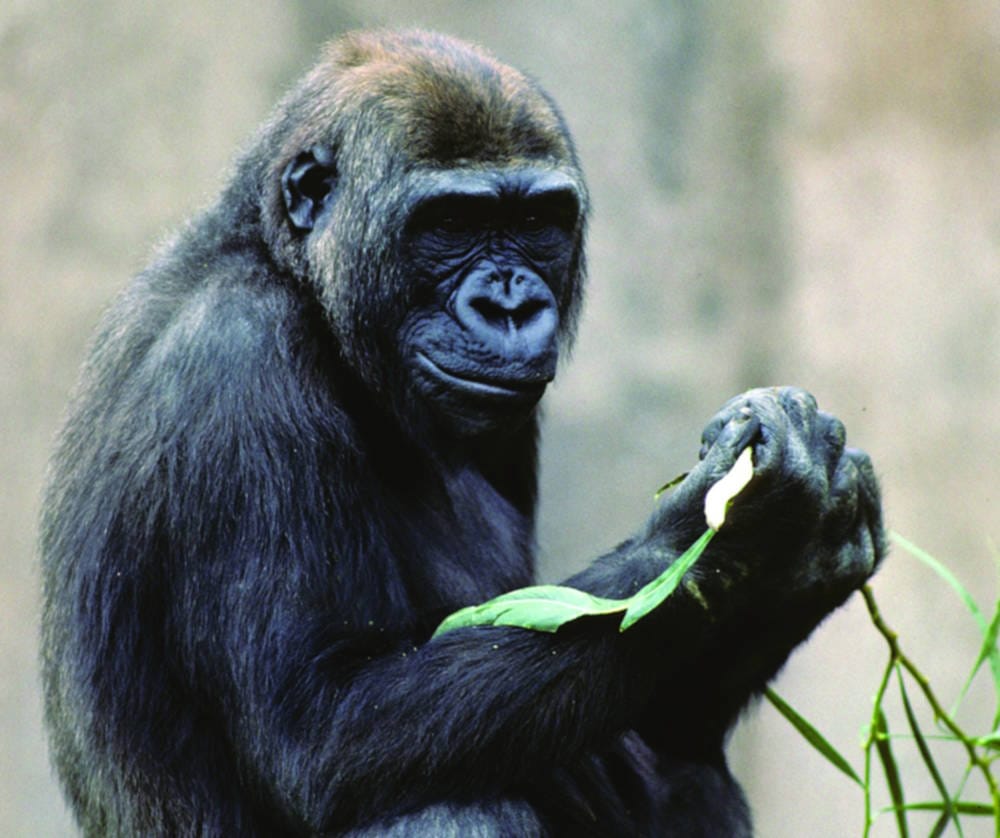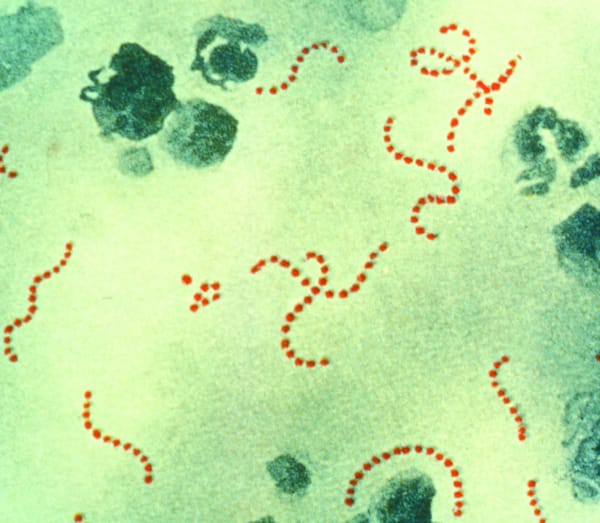Last great ape genome sequenced
Genome sequences for each of the four great ape groups have been investigated

A decade after the completion of the human genome sequence, researchers have sequenced the genome of a female western lowland gorilla called Kamilah from San Diego zoo. This means we now have a fully sequenced, representative genome sequence from each of the four great ape groups: humans, chimps and bonobos, orangutans, and gorillas. Having the full set will enable scientists to better understand when each of these groups evolved – a current matter of debate.
Humans are identical to our ape relatives in almost all of our DNA base-pairs. We differ by 1.37% from the chimp, 1.75% from the gorilla and 3.4% from the orang-utan. Molecular data suggests humans and their closest relatives, chimps, diverged about 4.5 million years ago while evidence from fossils suggests they diverged as far back as 7 million years ago. Having completed the sequencing of the great ape genomes, researchers at the Sanger Institute in Cambridge now suggest that humans and chimps split around 6 million years ago. Additionally, they believe gorillas diverged from the human-chimp line approximately 10 million years ago, a finding consistent with previous estimates. The researchers also confirmed that humans are most closely related to chimps but, in fact, 15% of the human genome more closely matches the gorilla’s.
Our data are the last genetic piece we can gather for this puzzle
Dr Richard Durbin, senior author of the study from the Sanger Institute, said, “After decades of debate, our genetic interpretations are now consistent with the fossil record and provide a way for palaeontologists and geneticists to work within the same framework. Our data are the last genetic piece we can gather for this puzzle: there are no other living great ape genera to study.”
Another significant finding was that gorillas share many parallel genetic changes with humans including the evolution of hearing. Previously it has been shown that a gene involved in hearing, called LOXHD1, had evolved rapidly in humans compared to the same gene in chimpanzees and this was thought to be related the development of language in humans. However, the sequencing of the gorilla genome has shown that this gene has evolved in gorillas at a similar rate to that in humans, casting doubt on the connection between the gene and language.
As well as sequencing the genome of Kamilah, the researchers also partially sequenced the genome of three other gorillas including an eastern lowland gorilla, a rare species estimated at only 20,000 individuals. They compared the genomes of eastern and western lowland gorillas and concluded that the species diverged around 0.5 million years ago but continued to interbreed a small amount after that. Researchers have previously suggested that the shrinking population and low genetic diversity of eastern lowland gorillas is due to recent human activity.
However, the new analysis suggests that this problem is much older.
Another reason for studying animals is to help decipher the functions of genes in the human genome. The researchers at the Sanger Institute have identified a mutated version of a gene that, while strongly associated with dementia in humans, is present in all the gorilla genomes they sequenced. Therefore, it is interesting how gorillas can survive with this mutation when it causes such problems in humans.
Today, gorillas survive in just a few isolated and endangered populations in central Africa. As well as informing us about human evolution, this latest research also emphasises the importance of protecting the full diversity of these species and may aid conservation efforts. Harry Marshall, a primate researcher at the Zoological Society of London, said, “People can start to take the genome and try to look for bits of it that might be linked to animals’ fitness.”
DOI: 10.1038/nature10842









